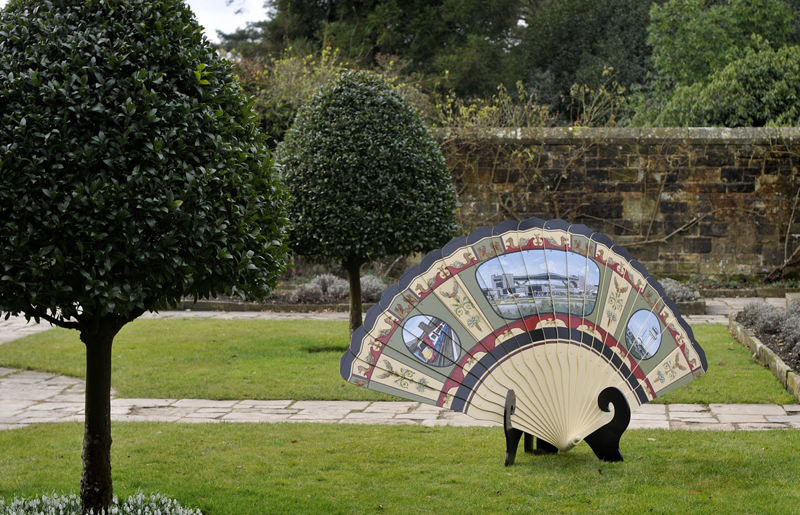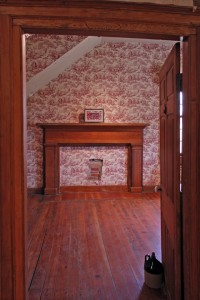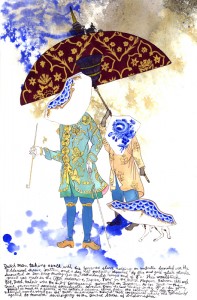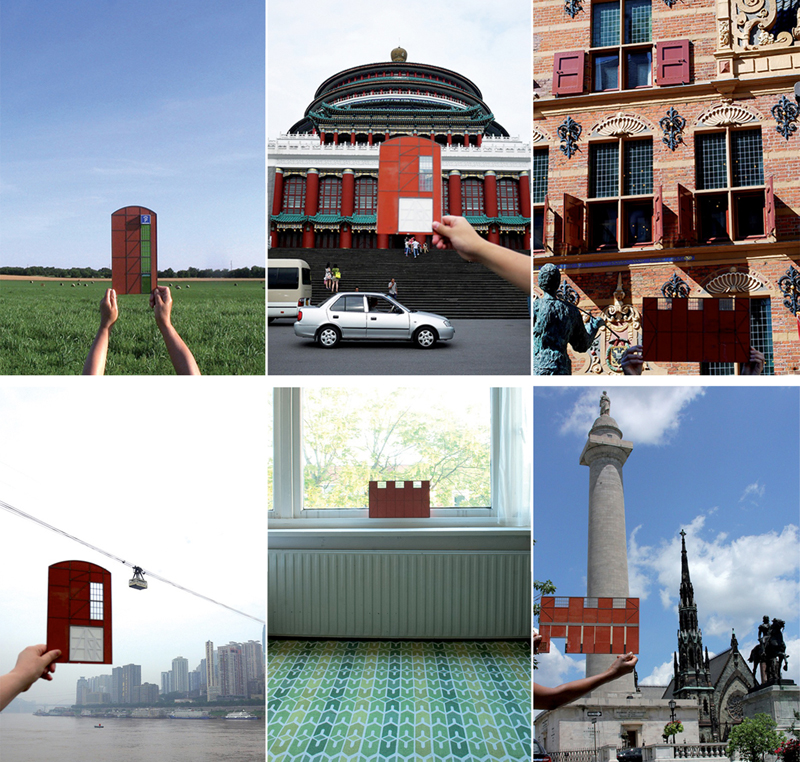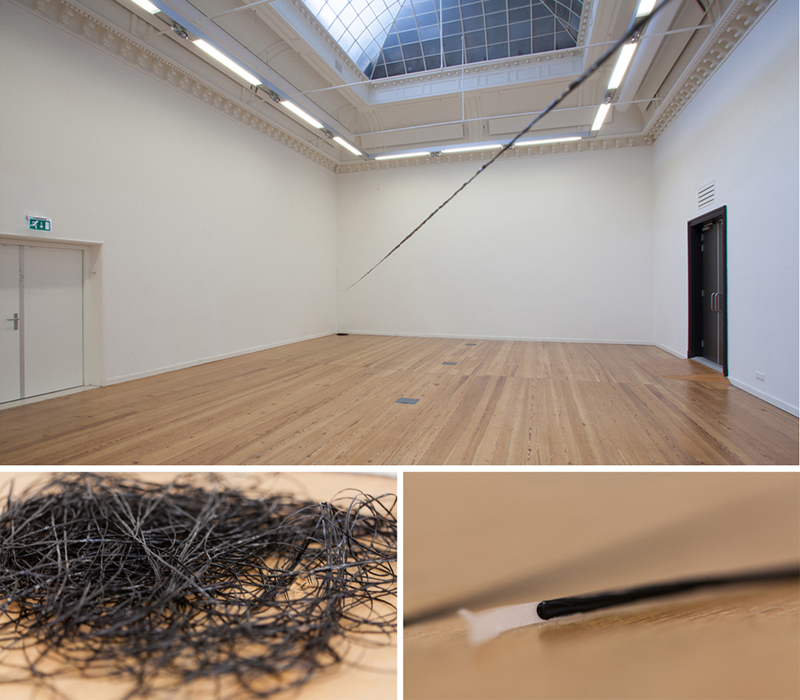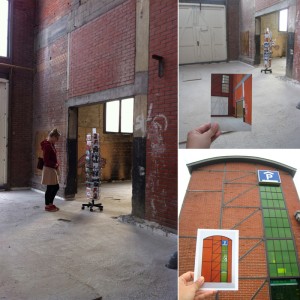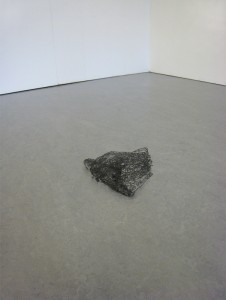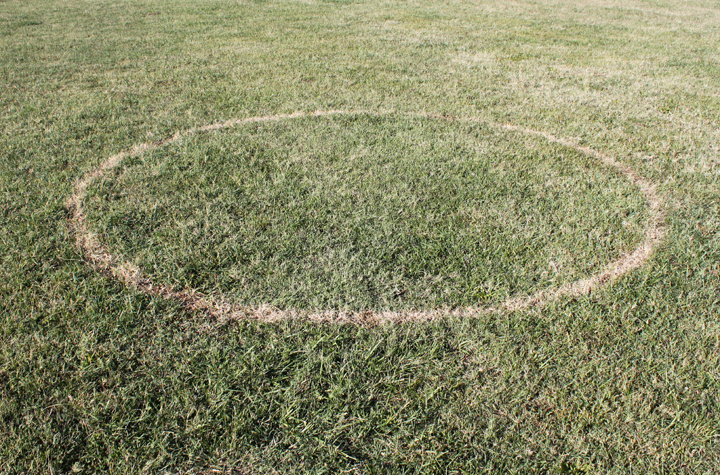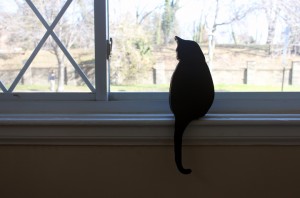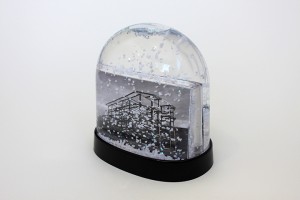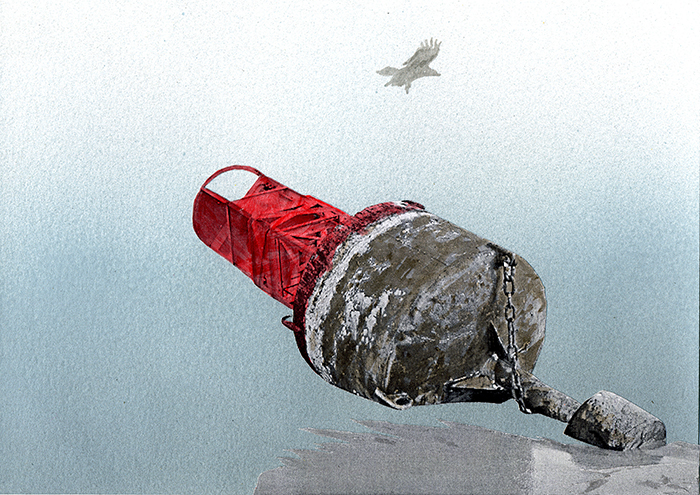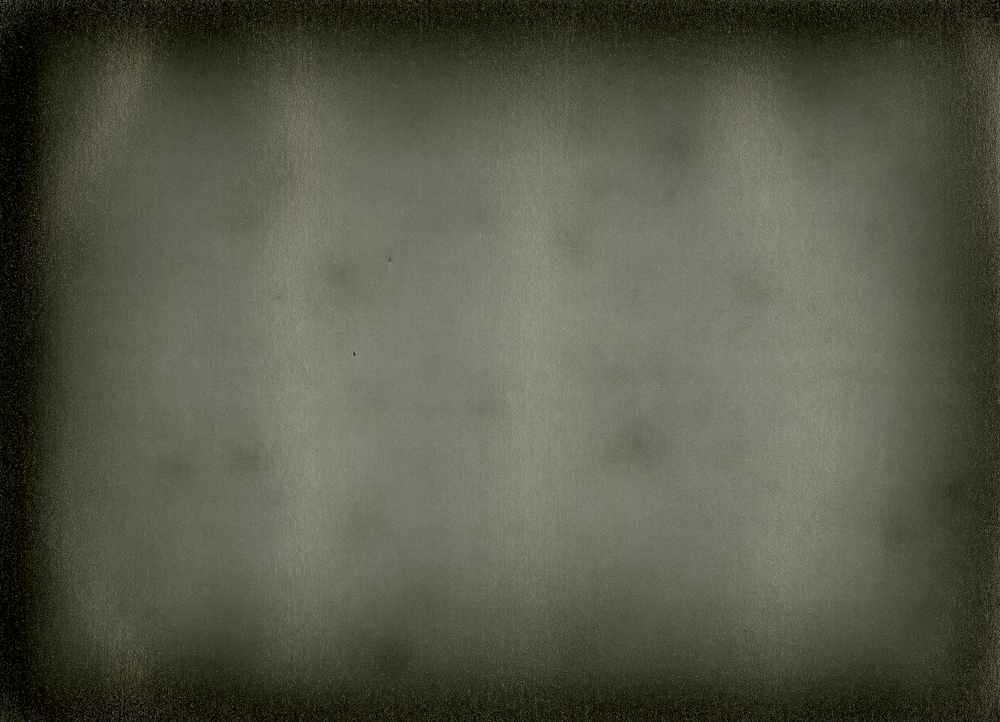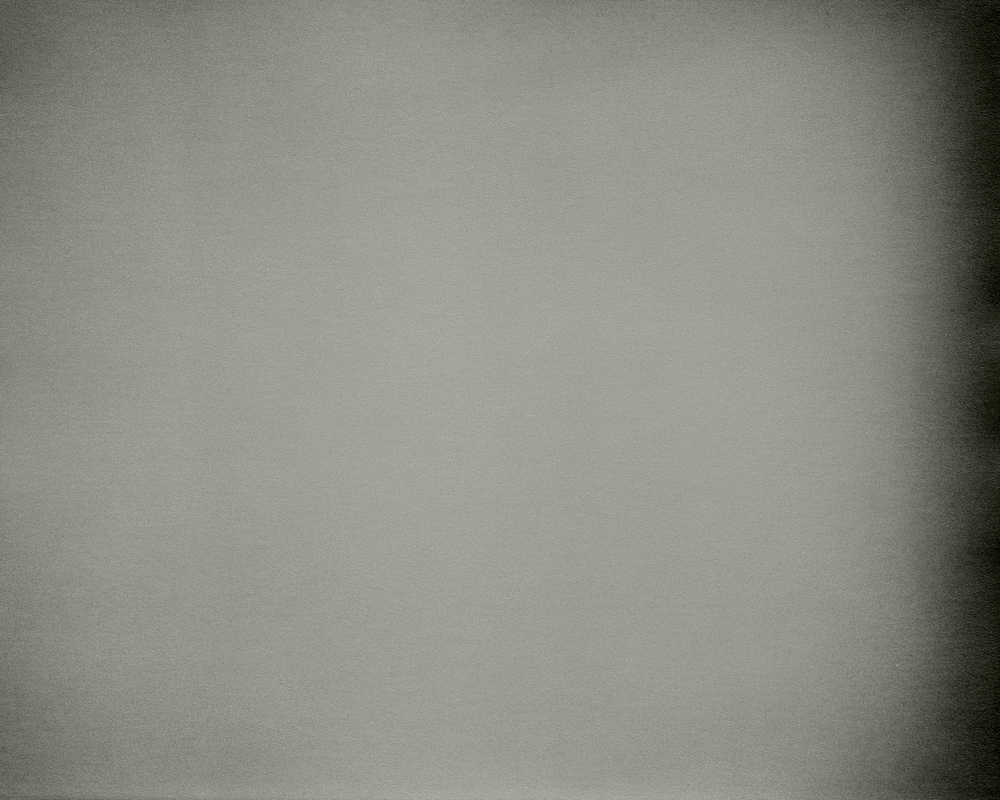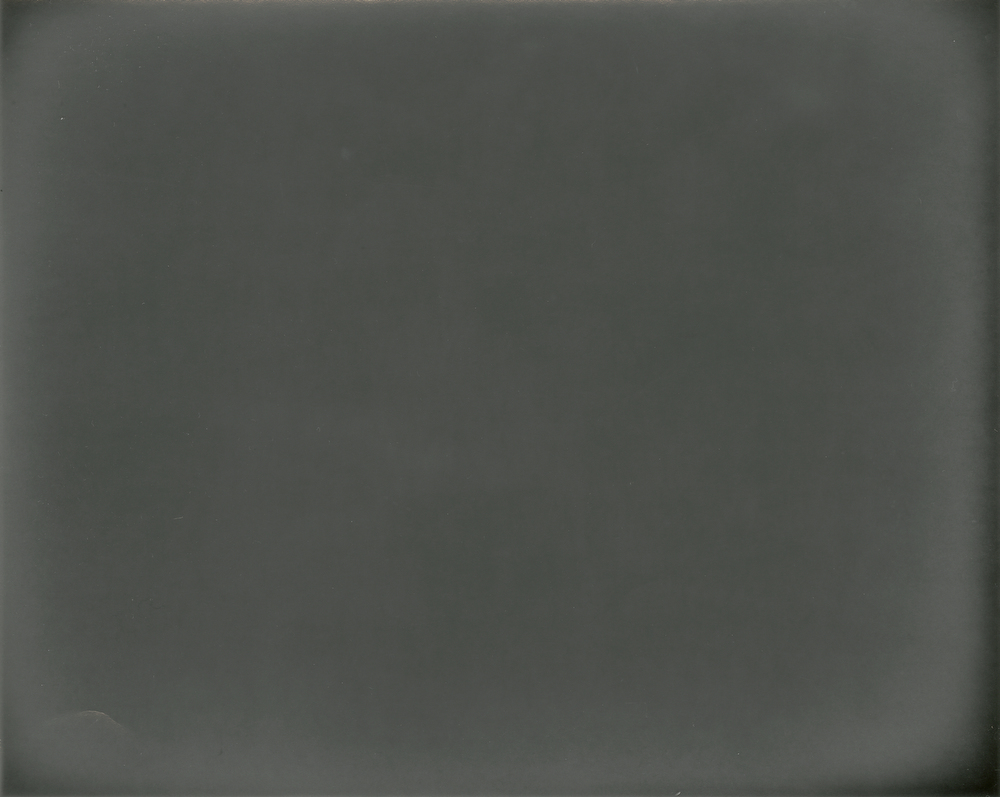Congratulations to our 2014 Janet & Walter Sondheim Artscape Prize finalists!
Lauren Adams (Baltimore, MD)
Lauren Adams creates artwork that explores the histories of power, labor, and material culture to make connections that resonate with current sociopolitical issues. She has had recent solo exhibitions at Back Lane West (Cornwall, England, 2012), the Contemporary Art Museum St. Louis (St. Louis, MO, 2012), Conner Contemporary Art (Washington, DC, 2011) and the Royal NoneSuch Gallery (Oakland, CA, 2010). Her work has been featured extensively in group exhibitions including those at School 33 Art Center (Baltimore, MD, 2014), American University Museum (Washington, DC, 2014), Nymans (Sussex, UK, 2012), CUE Art Foundation (New York, NY, 2008), the Mattress Factory (Pittsburgh, PA, 2008), and The Andy Warhol Museum (Pittsburgh, PA, 2005). She has been awarded the Cité Internationale des Arts in Paris residency, the Skowhegan School of Painting & Sculpture residency, and she is a Joan Mitchell Foundation MFA Grant recipient. Adams is also a cofounder of Ortega y Gasset Projects, a gallery and long distance artist collective in Queens, NY. She is a 2007 Master of Fine Art graduate of Carnegie Mellon University, and is currently a fulltime faculty member at the Maryland Institute College of Art.
(Interview with Lauren on baltimoreart.org: https://www.baltimorearts.org/sondheim-interviews-lauren-francis-adams/)
Kyle Bauer (Baltimore, MD)
Kyle Bauer, currently an artist-in-residence at Baltimore Clayworks, creates mixed media sculptures that reference maritime navigation while conveying balance, tension and control. Bauer’s work has been featured in more than two dozen regional, national, and international exhibitions, including shows at Arlington Arts Center (Arlington, VA, 2014), School 33 Art Center (Baltimore, MD, 2014), The Shed (Galway, Ireland, 2013), Pine Box Art Center (Baltimore, MD 2013), Maryland Art Place (Baltimore, MD 2013), Masur Museum of Art (Monroe, LA) and The Clay Studio (Philadelphia, PA, 2012, 2011, 2010). He was a 2013 participant in Maryland Art Place’s 30 Under Thirty artist lecture series, and currently works at the Baltimore Museum of Art as the Conservation Technician of Prints, Drawings, and Photographs. Bauer received his Masters in Fine Art from Louisiana State University in 2011.
(Interview with Kyle on baltimorearts.org: https://www.baltimorearts.org/sondheim-interviews-kyle-bauer/)
Shannon Collis (Baltimore, MD)
Shannon Collis, a native of Canada, is currently an assistant professor of Art at the University of Maryland, where she teaches Digital Foundations and Print Media. Her studio practice focuses on creating installations and interactive environments that explore various ways in which digital technologies can transform one’s perception of audio and visual stimuli. Her work has been exhibited widely across North America as well as in Europe, Asia and Australia, including in exhibitions at Open Studio (Toronto, Canada, 2013), The Art Gallery, University of Maryland (College Park, MD, 2012), Conkling Gallery (Mankato, MN, 2008), Gallery FAB (St. Louis, MO, 2008), Lahti Art Museum (Lahti, Finland, 2004), and SideOn Gallery (Sydney, Australia, 2003). Collis is a 2005 graduate of the Master of Fine Arts program at the University of Alberta, Edmonton, and has completed post-graduate research at Concordia University in Montreal in the area of Digital Media and Computation Arts.
Marley Dawson (Washington, DC)
Marley Dawson received both his Bachelor of Visual Arts (2004) and Master of Visual Arts (2008) from Sydney College of the Arts, Sydney, Australia. Dawson works in sculpture, installation and performance, creating often monumental kinetic installations that draw largely on physics, mathematics and do-it-yourself construction techniques. His work has been exhibited widely across Australia, in Asia and Europe and locally in Washington, DC, including exhibitions at HEMPHILL (Washington, DC, 2014), Roslyn Oxley9 Gallery (Sydney, Australia, 2013), Washington Project for the Arts (Washington, DC, 2013), Hillyer Art Space, (Washington, DC, 2013), Hamiltonian Gallery (Washington, DC, 2012), Museum of Old and New Art (Hobart, Australia, 2011), Para Site (Hong Kong, China, 2009), and Point Éphémère (Paris, France, 2006). Dawson approaches the studio environment as a test laboratory, creating work that considers the viewer is an intrinsic component of his work and that provides opportunity for engagement.
Neil Feather (Baltimore, MD)
Neil Feather is internationally known as an experimental musical instrument inventor and performer. Feather’s music generating sculptures are listed in the New Grove Dictionary of Musical Instruments and he has a long history of exhibits and performances. He has performed in more than 200 concerts of his original music using these sculptures, including venues such as the American Visionary Art Museum (Baltimore, MD, 2008), the Mattress Factory (Pittsburgh, PA, 2008), Area 405 (Baltimore, MD 2007), the Knitting Factory (New York, NY, 2005), and the Baltimore Museum of Art (Baltimore, MD, 2004). In 2007, Feather was both a recipient of the Maryland State Arts Council Individual Artist Award and a Sondheim Semi-Finalist. Feather is a founding member of the Red Room Collective and the High Zero Foundation, the organizations that support and provoke Baltimore’s world-renowned experimental music scene. He has presented his instruments recently at TEDX Baltimore and this July his works Anaplumb and his Magnapooter will be featured in a ballet produced by BalletX at the Wilma Theater in Philadelphia. He received his Masters of Fine Art from the University of Montana and his Bachelors of Fine Art from Pennsylvania State University.
Kyle Tata (Baltimore, MD)
Kyle Tata is a native of Baltimore City and a Bachelors of Fine Arts graduate of the Maryland Institute College of Art. His work primarily uses photography, printmaking, installations, and artist books to explore the cultural history of Modernism. Tata has an extensive local and regional exhibition history, including exhibitions at Current Space (Baltimore, MD, 2013), the International Print Center New York (New York, NY, 2013), Furthermore gallery (Washington, DC, 2013), Philadelphia Photo Arts Center (Philadelphia, PA, 2013), and Maryland Art Place (Baltimore, MD, 2011). His artist books are held in collections of the Los Angeles County Museum of Art, The International Center for Photography and the Indie Photobook Library. Tata is currently the instructor of photography at Baltimore School for the Arts.
Stewart Watson (Baltimore, MD)
Stewart Watson creates site specific sculptural installations that are informed and inspired by genealogy and by furnishings that have been preserved by her family as important artifacts, regardless of those object’s usefulness or beauty. Watson’s exhibition history is extensive and includes recent exhibitions at FJORD gallery (Philadelphia, PA, 2014), Marianne Boesky Gallery (New York, NY, 2014), Rice Gallery (Westminster, MD, 2013), Jordan Faye Contemporary (Baltimore, MD, 2011), the Contemporary Museum (Baltimore, MD, 2011), the Washington Project for the Arts (Washington, DC, 2011), and Current Space (Baltimore, MD, 2010). Watson has received Individual Artist Grants from Maryland State Arts Council in 2011, 2007, and 2001, and was the winner of the 2010 Sadat Art for Peace prize. She has been a finalist (2004) and semifinalist (2012, 2007) for the Trawick Prize and was a 2013 Sondheim Semifinalist. Watson currently teaches sculpture and drawing at the University of Maryland College Park. She was a founder and since 2003, has been the Executive Director of Area 405 exhibition space and neighboring Oliver Street Studios. Watson received her Bachelors of Fine Arts from The Pennsylvania State University and her Masters of Fine Art from The University of Maryland.

